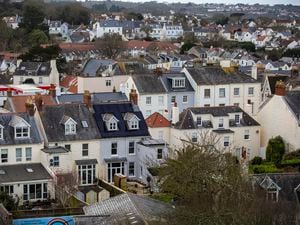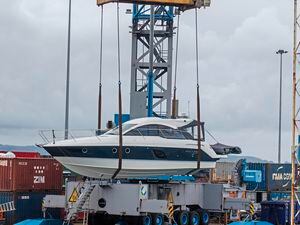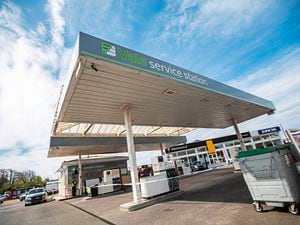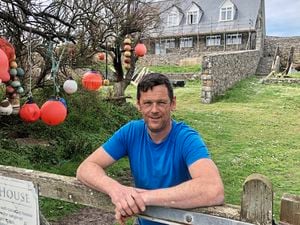Four-year search leads local divers to solve WW1 U-boat mystery
A First World War German submarine last seen in 1917 has been found by a team of Guernsey specialist divers following a four-year search.
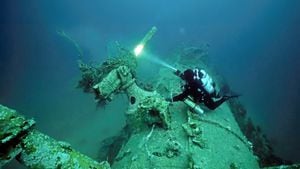
Lying in more than 70m of water, the wreck of the UC II Class mine-laying submarine UC-18 and that of which they believe to be the British ship which sank her, HMS Lady Olive, have been located 40 miles west of their historically recorded position of 12 miles south of Guernsey.
The discovery of the wrecks is now the subject of a feature-length documentary by local filmmaker and project leader Karl Taylor, which will premiere at Beau Sejour on 15 April ahead of its national television release on the BBC in May or early June.
‘Finding a wreck of this historical significance is a once-in-a-lifetime discovery,’ said Mr Taylor.
‘It’s been a long and technically challenging project, but to be able to set the historical records straight on the details of the battle and the locations of the wrecks is fantastic.’
The local team, which included Guernsey Press picture editor Peter Frankland, conducted extensive research to identify three possible target areas to the south and southwest of Guernsey before meticulously scanning the seabed for evidence of the wrecks using state-of-the-art sonar equipment.
After discovering wreckage at four sites the team began carefully planning dives to identify the wrecks which would involve two boats, five divers and four crew.
Watch the trailer for ‘The Hunt for Lady Olive and the German Submarine’
‘The organisation of the dives has been extremely difficult due to the amount of crew and equipment required, the location of the wrecks and the depth of water they’re in,’ said Mr Taylor.
‘We were limited to diving during periods of slack water which only occur during small neap tides. These had to be coupled with extremely calm sea conditions and good visibility to give us the best chance of completing these technically complicated dives safely.
‘Working so far offshore meant that we had to be especially vigilant when planning our dives as any help, should it be needed, was at least two hours away.’
The UC-18 was one of only a handful of First World War UC Class II U-boats remaining undiscovered and the firefight in which she was lost is the only instance where a submarine and the Royal Navy ship it was attacking were both sunk in the same battle.
Although there were no British casualties in the sinking of the Lady Olive, all 28 crew onboard the UC-18 were killed. As a mark of respect, the team laid a plaque engraved with the names of the German sailors at the base of the 8.8cm gun on the deck of UC-18 to commemorate those lost.
Since notifying the French and German authorities of the find, the wreck site has now been recognised as a war grave and closed to any further diving. The German War Graves Commission has expressed its grateful thanks to the team in locating the wreck and is making plans for a German Naval vessel to be deployed to the site to take part in a wreath-laying ceremony this summer.
Read the full story behind the project in a four-page special in Wednesday’s Press and find out more about the film here.

